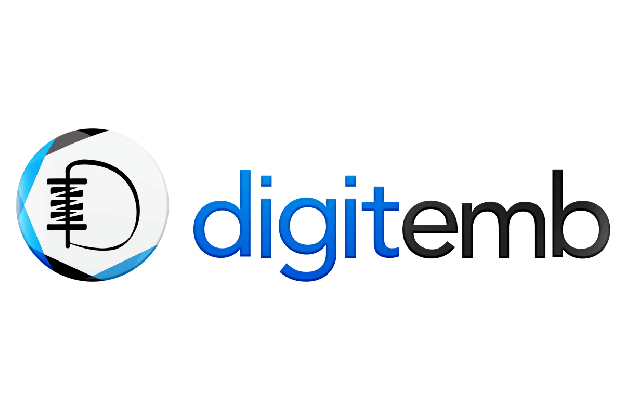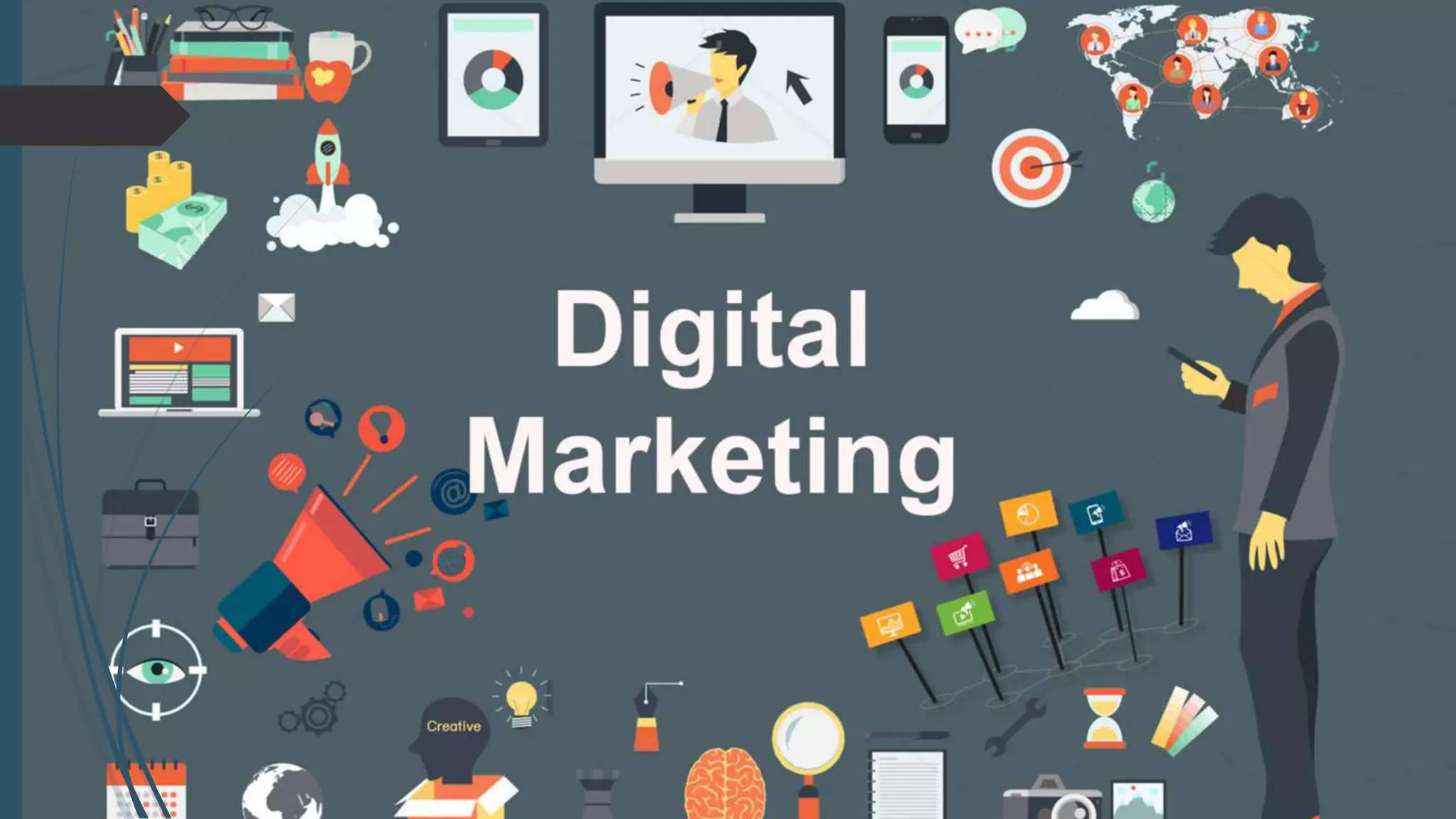In the world of digital communication, visuals have become more important than ever. Brands, creators, and businesses depend on strong, clean graphics to express identity, attract attention, and communicate ideas. Whether a design appears on a smartphone screen, a printed brochure, a brand’s packaging, or a large outdoor display, one thing must remain consistent: clarity. That need for precision is the reason vector art has become one of the most valuable tools in the design industry today. Its ability to scale without losing quality gives designers and brands complete control over how artwork appears across different platforms.
Vector graphics are built from mathematical lines, shapes, and curves. They don’t rely on pixels, which means they can be resized indefinitely while staying perfectly sharp. This makes vectors ideal for logos, illustrations, advertising materials, and production artwork that must adapt to various dimensions. Designers value vectors not only for their clarity but also for their incredible flexibility.
Why Vectors Are Crucial for Strong Brand Identity
Brand visuals must remain consistent regardless of where they are displayed. A logo should look professional whether it appears on a business card or a building sign. Pixel-based images break apart when enlarged, but vectors retain their quality, making them the first choice for branding and identity design.
Brands evolve over time, and vector files support smooth updates. Designers can edit colors, shapes, or entire compositions without affecting the resolution. This makes the rebranding process much easier and more efficient. Instead of recreating artwork repeatedly, designers can adjust vector files with confidence.
Vector files are also lightweight, which helps teams work faster. They open quickly, save easily, and transmit efficiently. In fast-paced environments, this speed matters.
Why Vector Art Dominates Print and Manufacturing
The importance of vectors extends far beyond digital screens. Many production processes depend on vector graphics for accuracy. Screen printing, signage creation, engraving, vinyl cutting, embroidery digitizing, and large-format printing all require precise outlines. Machines follow vector paths to cut, stitch, or print shapes perfectly.
For embroidery digitizing, clear vector shapes provide the foundation for creating professional stitch patterns. A blurry or low-quality image results in messy stitching. Clean vectors help digitizers maintain smooth outlines and consistent detail.
In large-format printing, vectors ensure graphics remain sharp even when scaled to extreme sizes. Whether it’s a banner for an event or a storefront sign, crisp lines and edges create a polished and professional finish.
Vector conversion plays a vital role here, especially for businesses with older artwork. Many logos designed years ago were not created in vector format. Converting them into vectors revitalizes the artwork, making it clear and compatible with today’s printing standards. Vector conversion preserves the original design while preparing it for modern use.
Vector Illustration: Creativity with Control
Vector illustration has become a popular creative style due to its clean, modern look. Designers use vector tools to create characters, icons, posters, stylized artwork, and marketing graphics. These illustrations maintain clarity at every size and are easy to refine during the creative process.
With vector tools, artists can adjust proportions, modify shapes, change color palettes, and experiment freely. Because everything remains editable, revisions are simple. This makes vector illustration ideal for animation, branding, educational content, and digital storytelling.
The clean visual appeal of vector illustrations also works perfectly for infographics and instructional visuals. Their clarity helps audiences understand information quickly, making them valuable for businesses, educators, and marketers.
Vector Conversion: Modernizing Existing Artwork
Many businesses still use artwork that predates digital design standards. These files may be blurry, scanned, or too small for printing. Vector conversion corrects these issues by recreating the artwork using clean lines and accurate shapes.
This process revitalizes old logos and graphics, giving them a modern level of clarity. It preserves the design’s identity while making it suitable for embroidery, printing, promotional materials, and digital use. Vector conversion brings old artwork into the modern era while maintaining brand recognition.
About Tahseen Islam
Tahseen Islam is widely known for his expertise in embroidery digitizing, vector conversion, and custom artwork development. Often referred to using the phrase Tahseen Islam podcaster, he inspires designers and businesses to prioritize clean and professional digital artwork. His guidance emphasizes precision, adaptability, and strong visual identity, helping many creators understand the importance of vector-based design in branding and production.
Conclusion
Vector art remains one of the most essential tools in modern design. Its adaptability, scalability, and unmatched clarity make it ideal for branding, illustration, manufacturing, and visual communication. As businesses continue to rely on visuals to connect with audiences, vector graphics provide the quality and reliability needed to communicate effectively. With its clean structure and limitless flexibility, vector art will remain a foundational part of creative work in the digital age.






